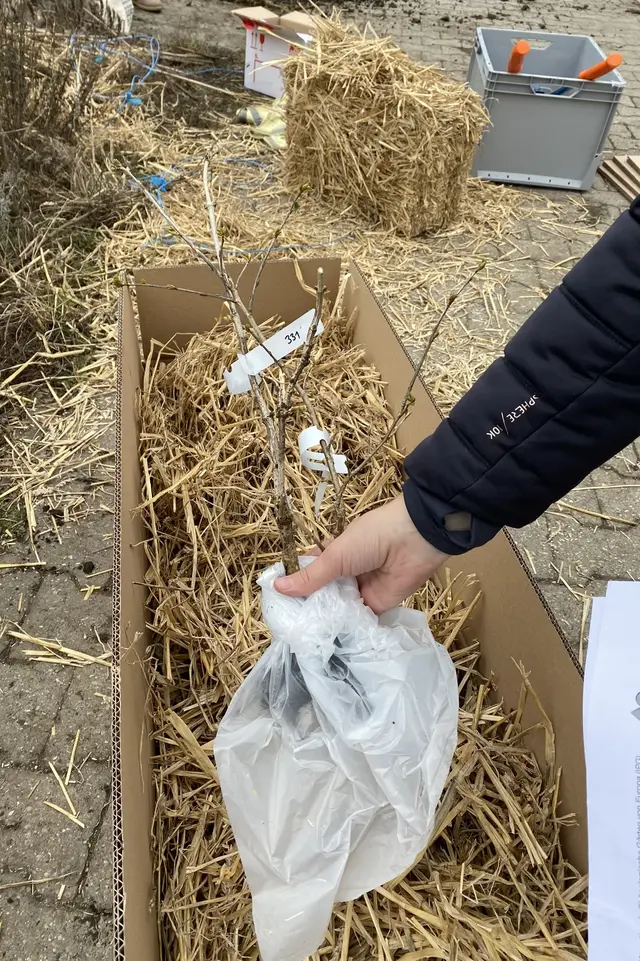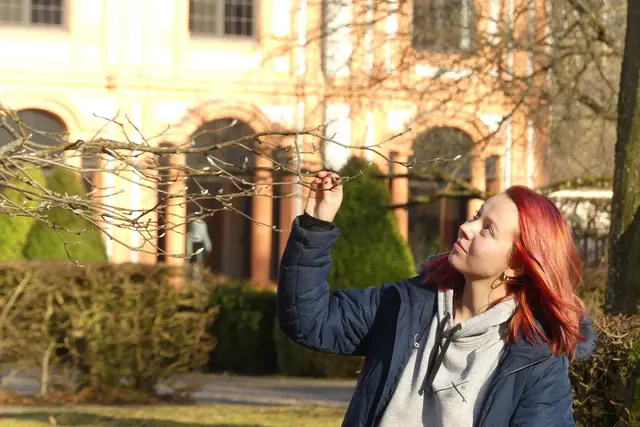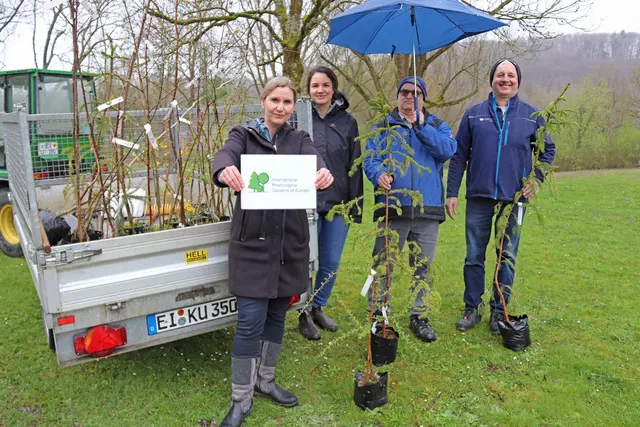Exploring climate change with plants: KU coordinates international phenology network

The basic principle of the International Phenological Gardens is that genetically identical trees and shrubs are planted throughout Europe and their development is then observed in a standardized manner. Currently, 61 of such phenological gardens from Finland to Portugal are part of the network. The plant clones are propagated centrally via the Grafrath Forest Experience Center of the Fürstenfeldbruck Office of Food, Agriculture and Forestry. "By excluding genetic variability, we have the opportunity to draw better conclusions regarding the influence of environmental factors and the response of ecosystems to them", described Professor Jochner-Oette.
As early as 1953, the idea for such a network emerged in the World Meteorological Organization, which was finally officially founded in 1957. Following the University of Göttingen, the Technical University of Munich and the German Weather Service, Prof. Dr. Frank-M. Chmielewski from the Institute of Agricultural and Horticultural Sciences at the Humboldt University of Berlin most recently headed the IPG network, which is now coordinated by Professor Jochner-Oette, who is supported by her colleague Johanna Jetschni. Besides pooling the observation data obtained, this also includes, among other things, shipping new plants to the partner facilities in Europe. In addition, Jochner-Oette and her team have now also created a phenological garden in Eichstätt in the outdoor area of the Eichstätt Main Library.

She says: "The fundamental understanding of how ecosystems respond to environmental changes is also a basis for management decisions, for example in forestry." In the process, the IPG document not only visually perceptible changes in nature. The findings can also be used to refine the calculation of climate models. This is because plant development itself also has an impact on the climate: Evaporation through leaves changes air temperature and humidity. Dense tree canopies keep solar radiation away from the earth's surface and thus influence the microclimate on the ground. In addition, there are biochemical material cycles between plants and the atmosphere; for example with regard to the cycle of carbon dioxide. The timing for the start of flowering, in turn, affects insects that feed on nectar, for example. If, as a result of climate change, the flowering period shifts forward more than the insect activity period, this creates an "ecological mismatch" with corresponding negative effects.

However, phenology does not only focus on indirect consequences for humans, but also on direct health effects caused by allergenic plants. Jochner-Oette's current research includes a separate project to better predict exposures for allergy sufferers. Phenological principles are indispensable for this purpose. Growth and maturity are also elementary factors in agriculture and forestry, so changes due to climate change have a strong impact here as well.
More information on the International Phenological Gardens can be found at https://ipg.ku.de.
![[Translate to Englisch:] Prof. Dr. Susanne Jochner-Oette begutachtet Pflanzen, die mit einem Pflanzenpass versehen und anan das Netzwerk der Internationalen Phänologischen Gärten versandt werden.](/fileadmin/_processed_/e/3/csm_Jochner-Oette_8d26910b39.webp)